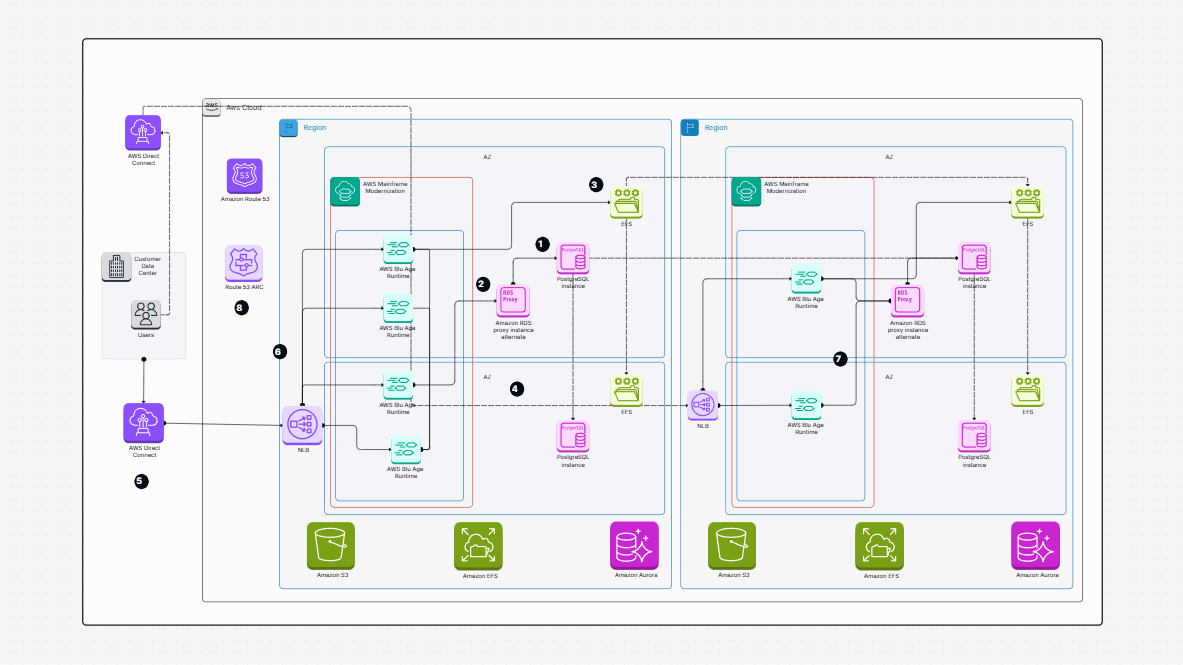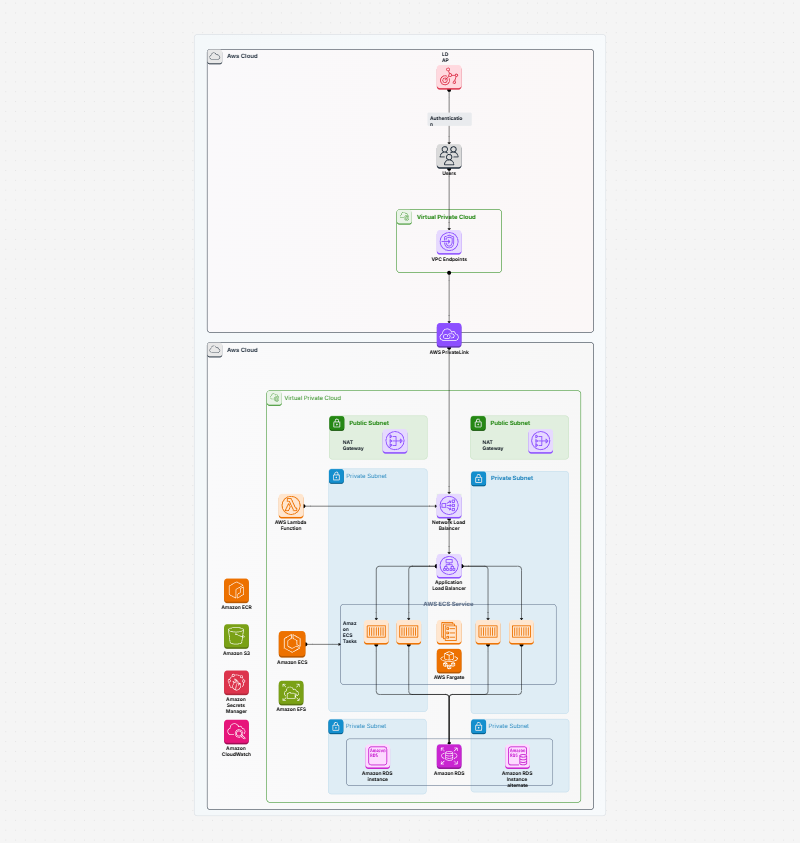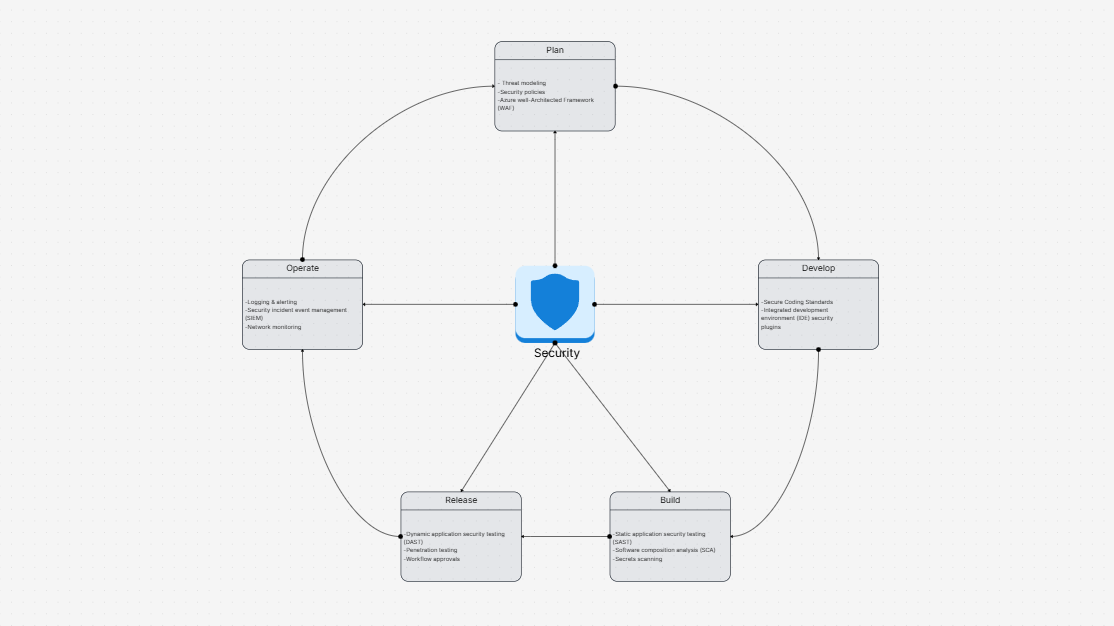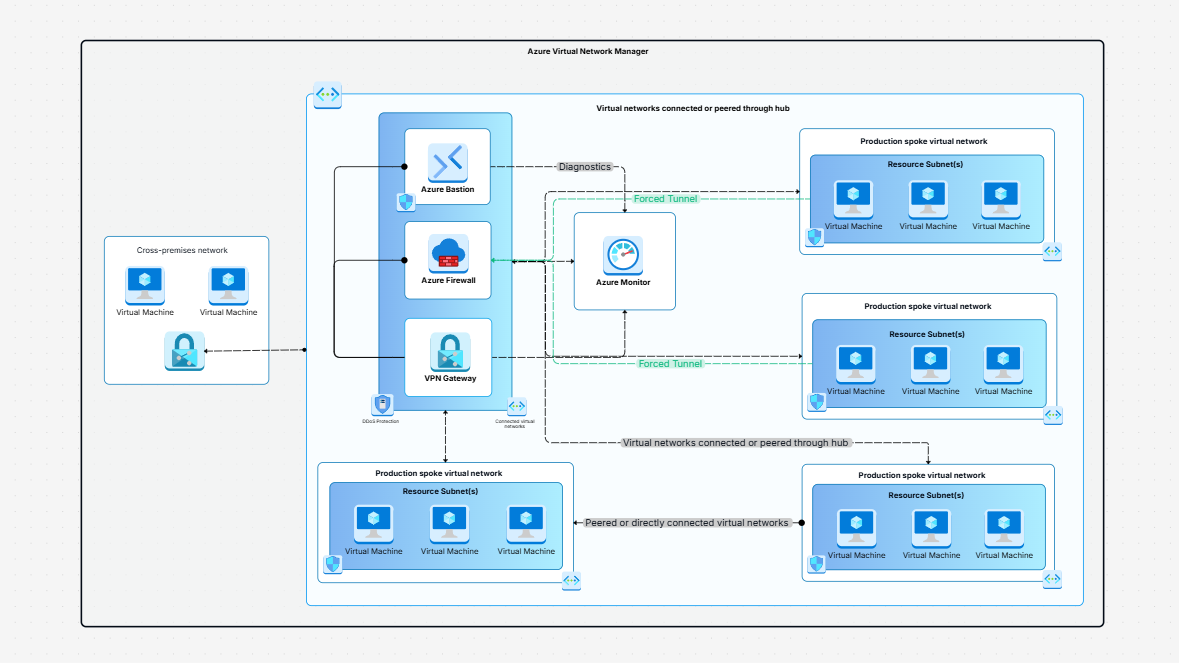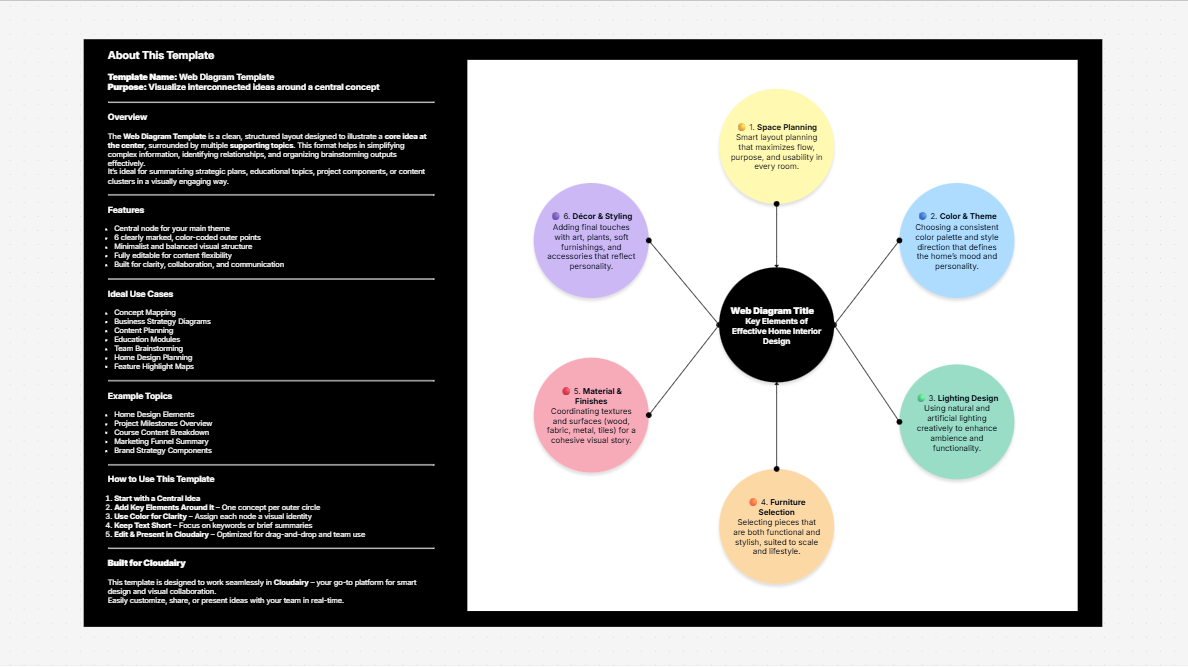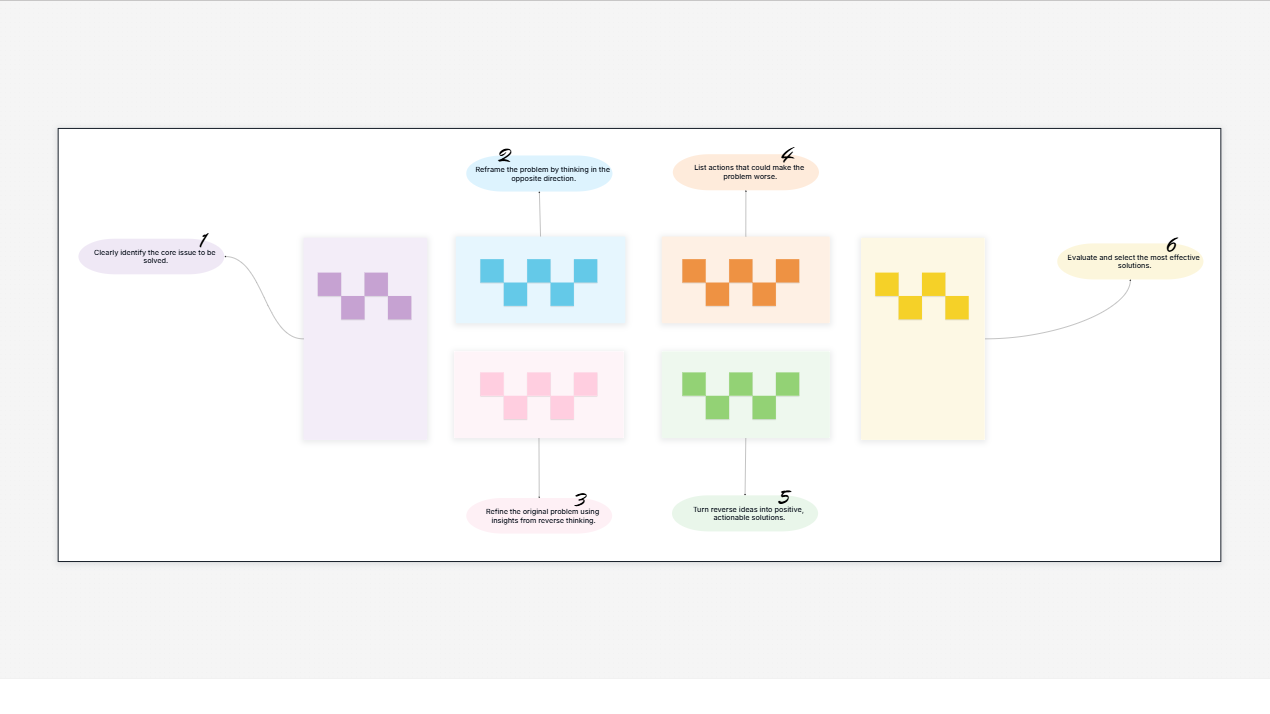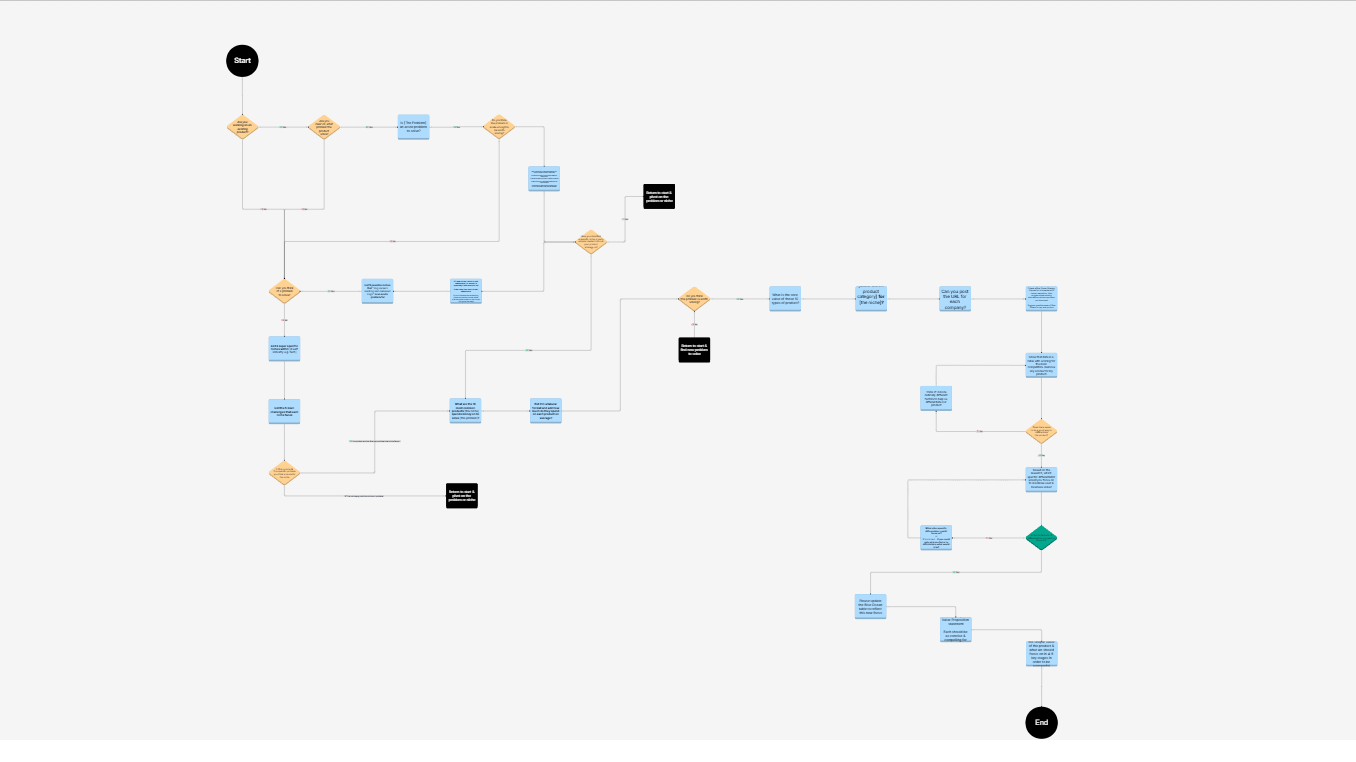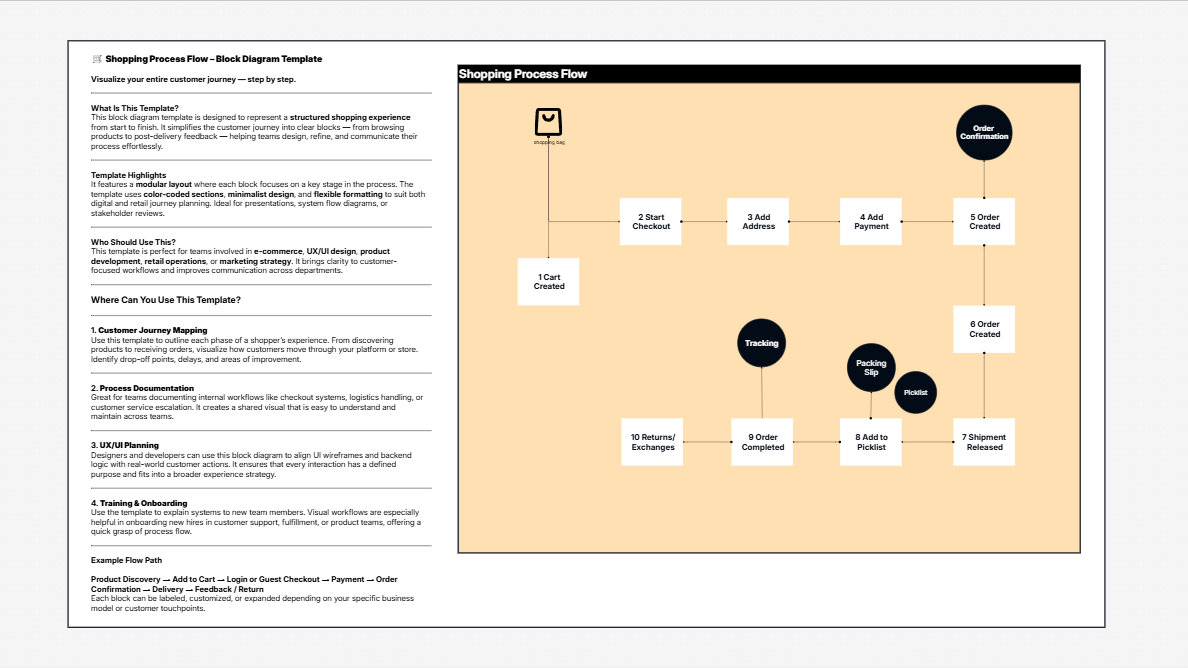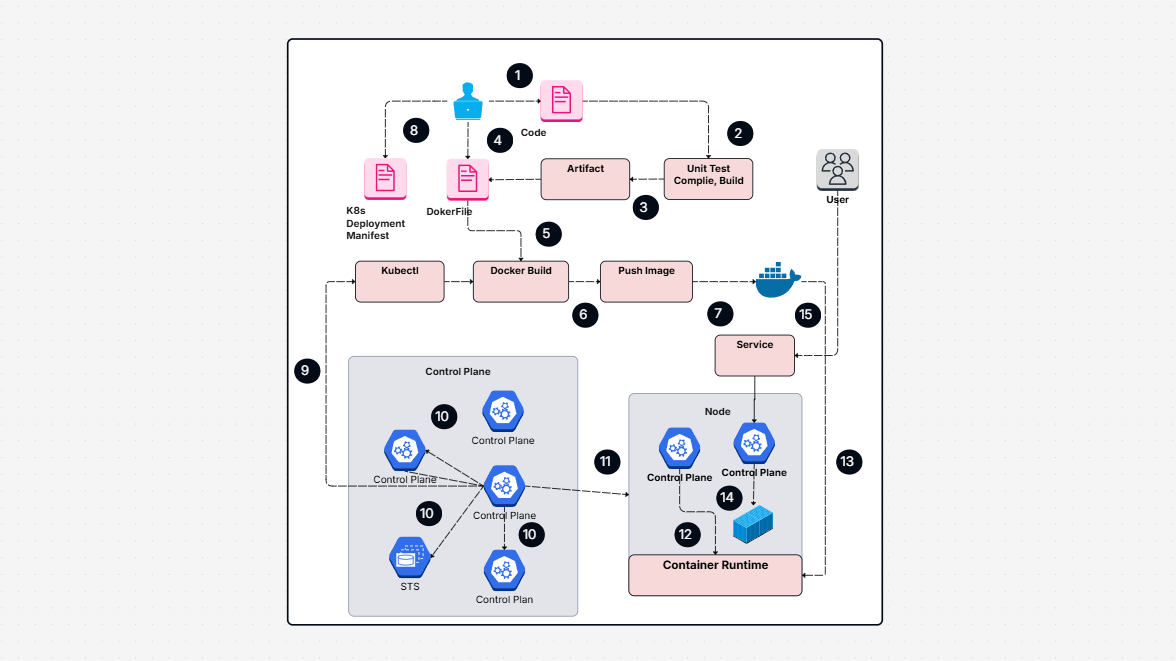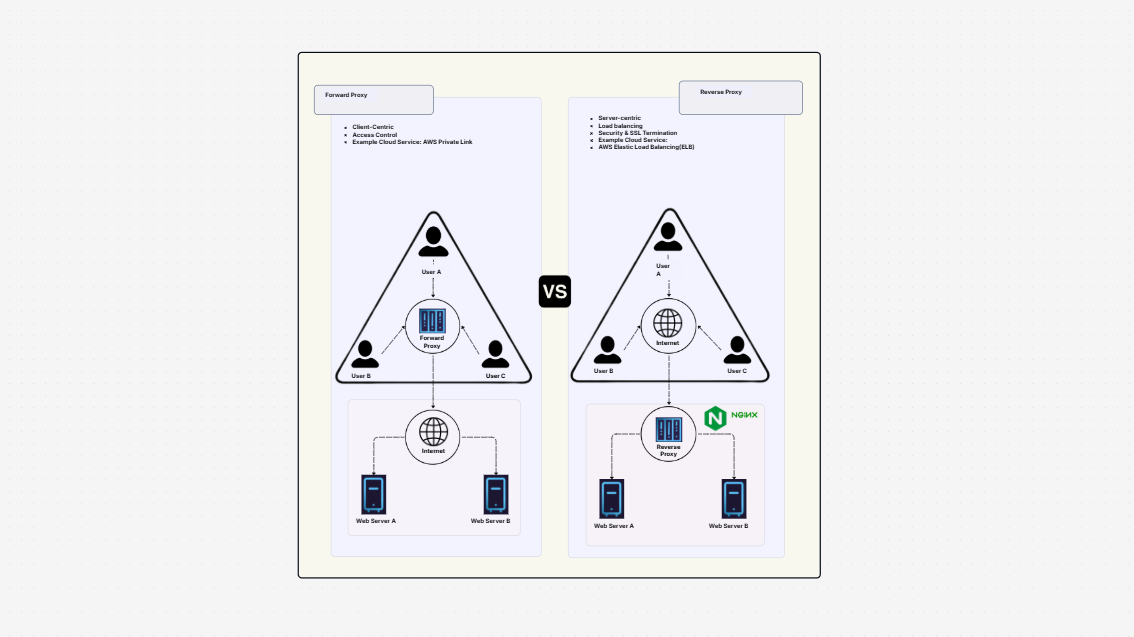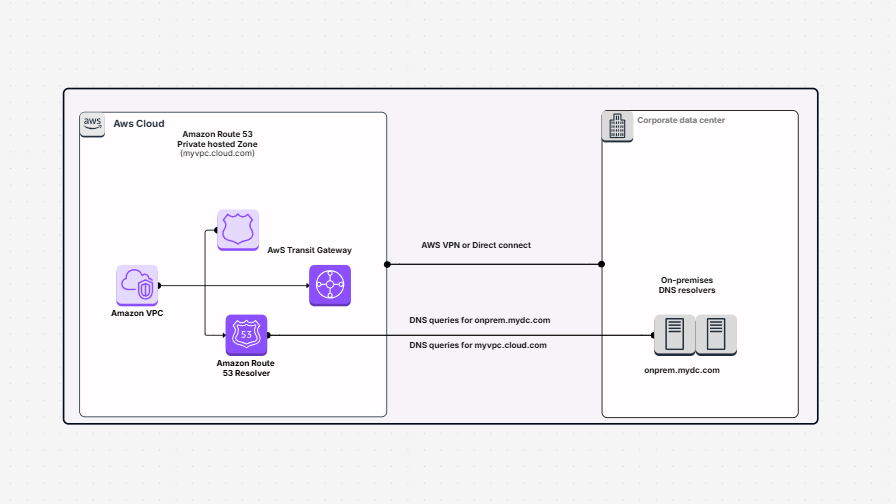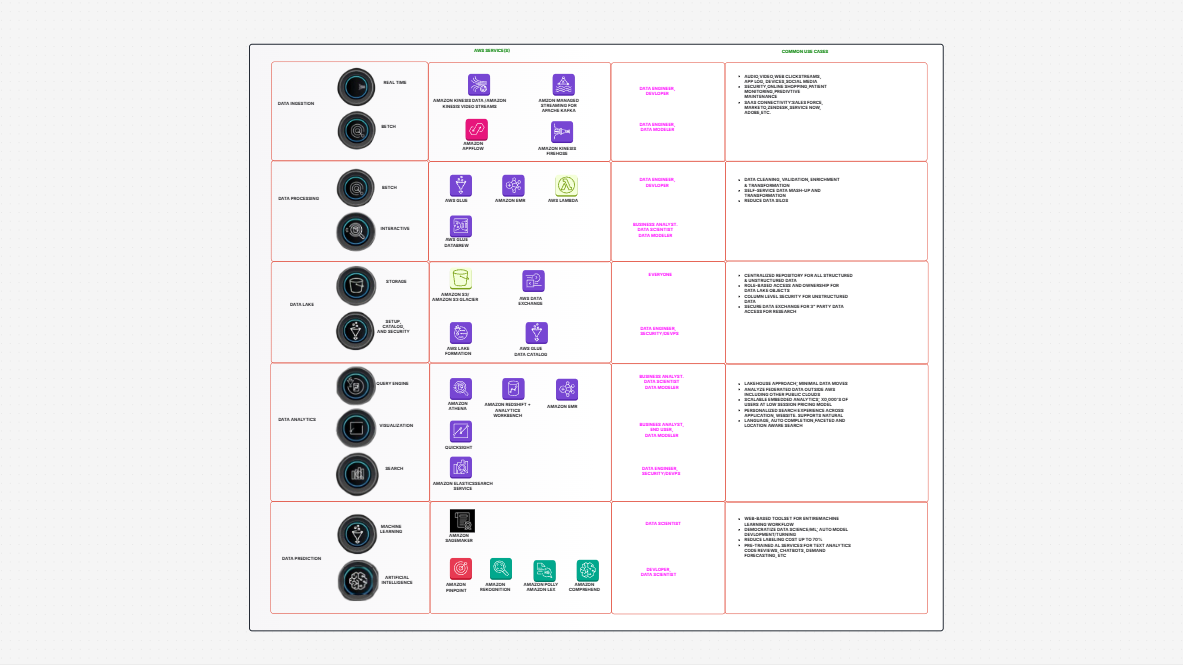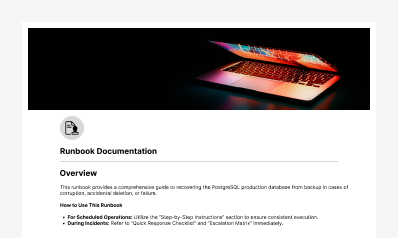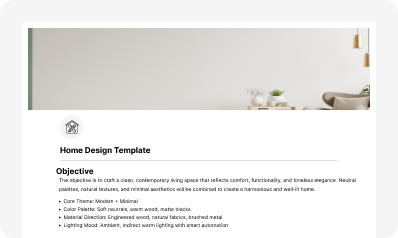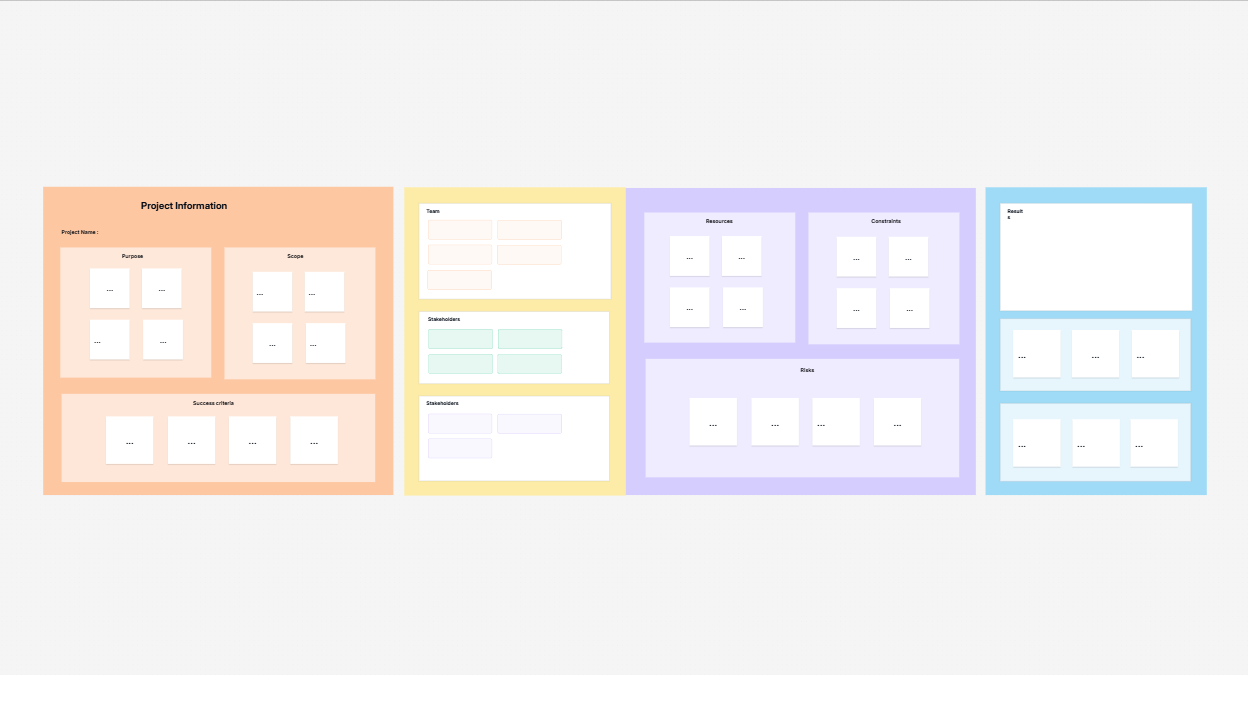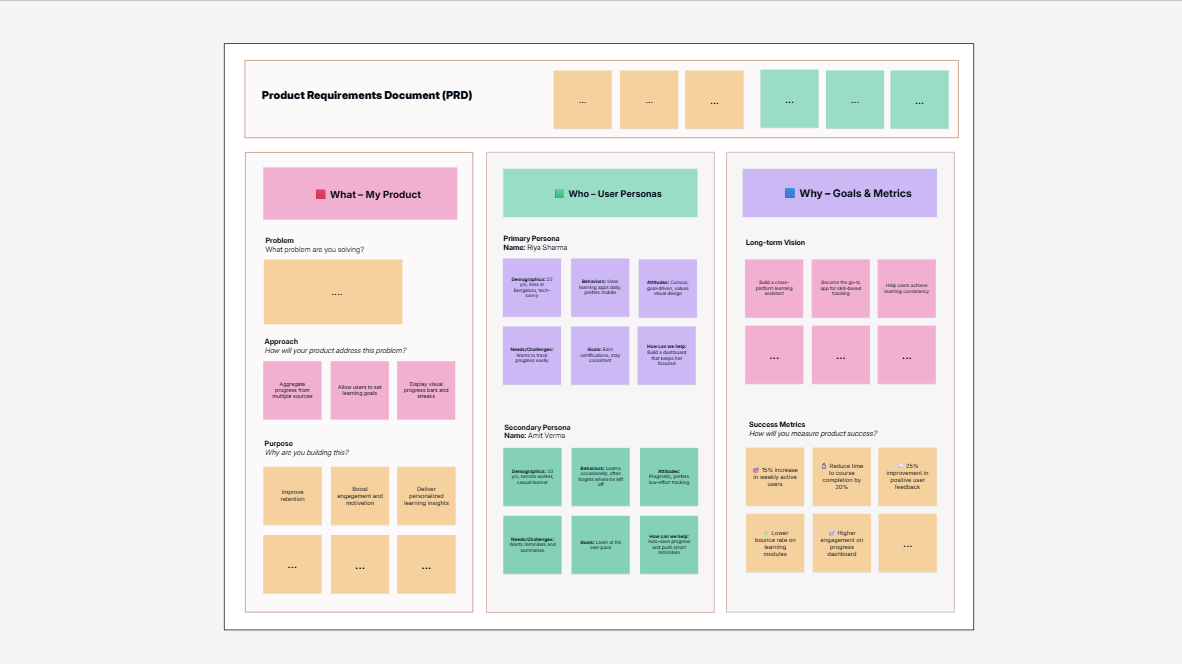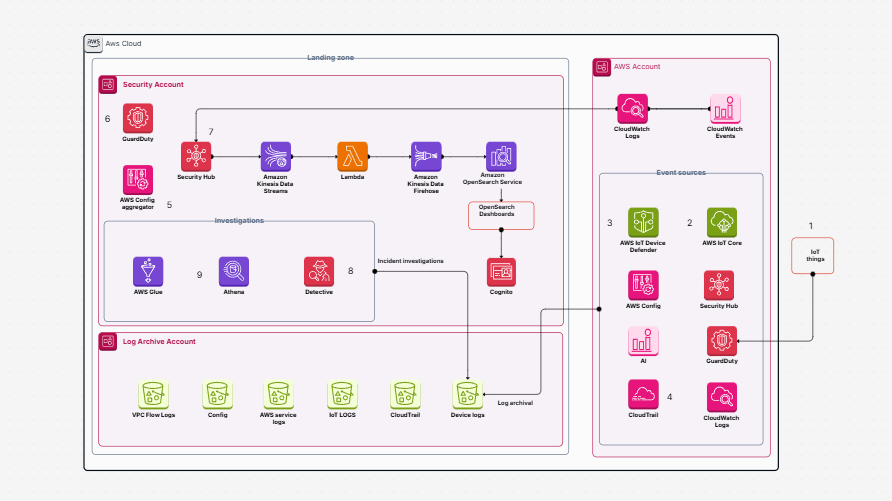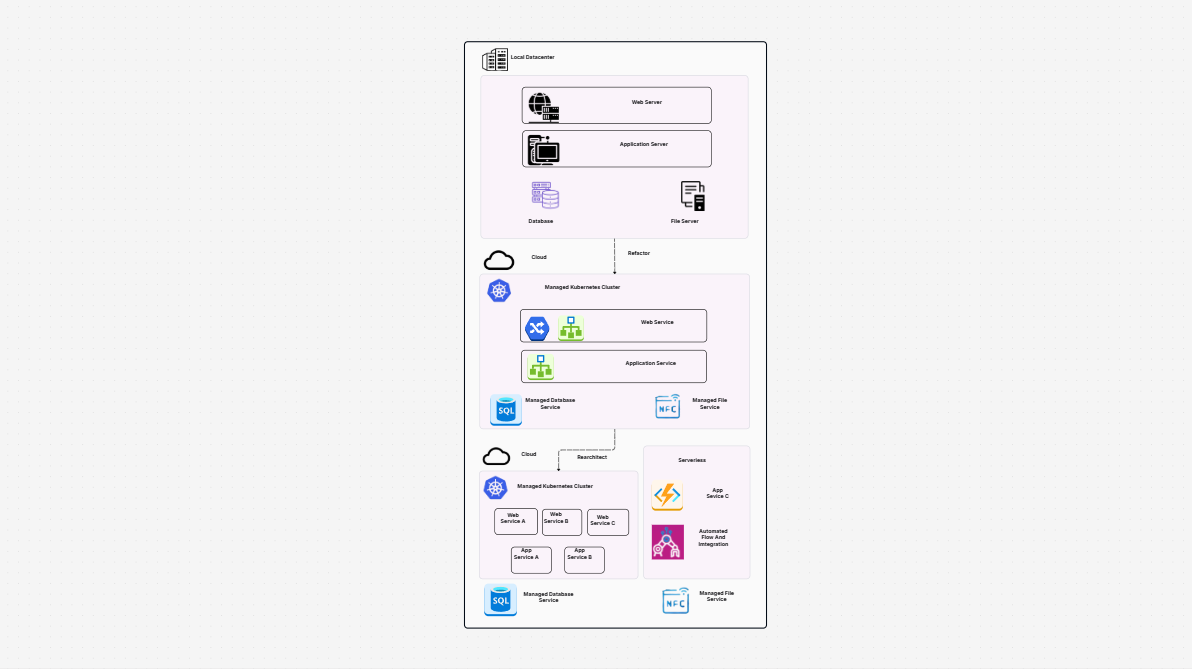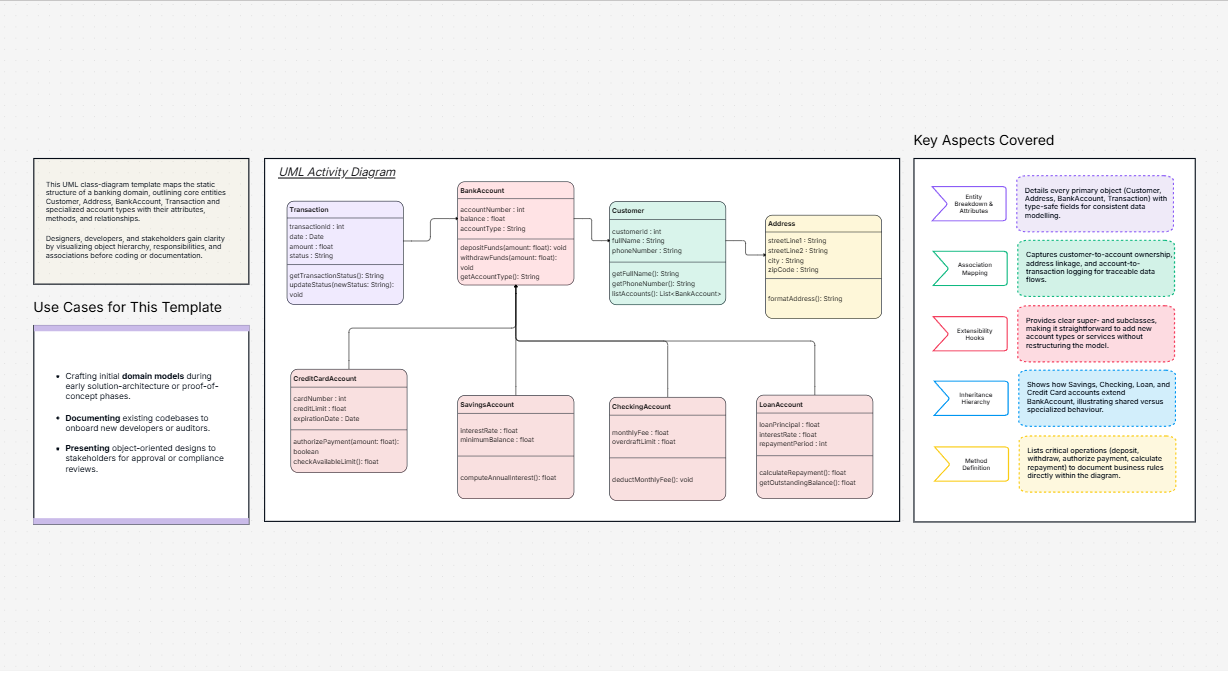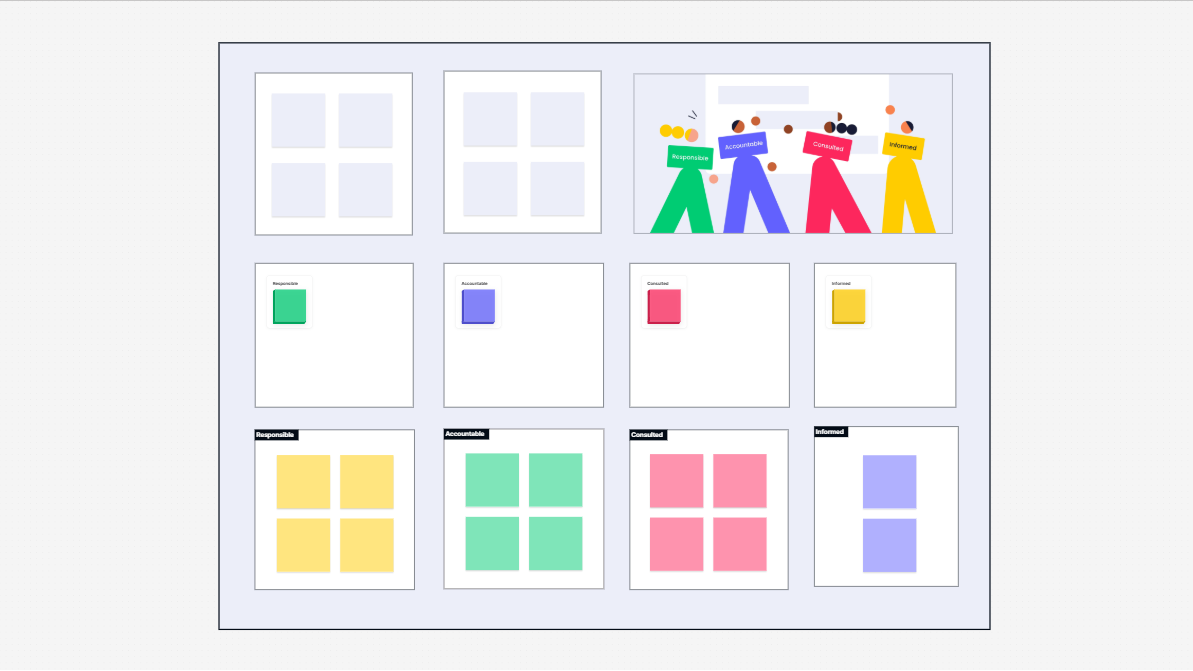WorkHub

What Exactly is This Diagram?
The System Architecture Diagram 3 is a ready-to-use visual guide that maps out key internet protocols and shows how they talk to each other. It lays out how services like web browsing, email, and IP addressing all function behind the scenes—and how they rely on communication layers like TCP and UDP.
Think of it as a “map” of the internet’s inner workings. Instead of getting lost in jargon, you can see how a request travels, which protocol handles what, and how data flows between a client and a server.
Why You’ll Find This Super Useful ?
Here’s why this template just makes things easier:
-
Breaks down complex stuff : Instead of memorizing how DNS or SMTP works, you get a visual that connects the dots. It helps you understand things in minutes, not hours.
-
Shows you real-life protocol use : You’ll see what ports different protocols use (like port 80 for HTTP or port 53 for DNS), and how those protocols use either TCP or UDP.
-
Saves you time : No need to make diagrams from scratch. This is already done for you—just open, edit, and you’re ready to go.
-
Makes teaching or presenting easier : Whether you're showing this to students or explaining it to your team, the visual layout makes your job easier.
-
Good for both beginners and pros : Whether you’re just learning or working in IT already, this diagram gives you a handy reference that’s always useful.
Who It’s for and When You’ll Need It ?
This diagram is perfect for:
-
Students studying computer networks or preparing for exams
-
Educators and trainers who want a clean visual for teaching protocol concepts
-
System architects or network engineers explaining setups to teams
-
Anyone trying to understand how common internet services function.
If you’ve ever wondered “What happens when I type a URL and press enter?”—this diagram walks, you through that process.
What’s Inside the Diagram ?
Here’s a breakdown of what’s included in the visual:
-
SMTP – Handles the process of sending emails between servers (typically using TCP on port 25).
-
HTTP – Takes care of all the web traffic when you browse websites (usually on TCP port 80).
-
DNS – Resolves domain names like google.com into IP addresses using UDP port 53.
-
DHCP – Assigns IP addresses dynamically to devices joining the network (uses UDP port 67).
-
Client and Server systems – Represent the devices that send and receive data.
-
TCP and UDP layers – Show how data is transported differently depending on the protocol.
-
Network packet flow – Explains how data moves across the layers from client to server and back.
-
Protocol stack – Lays out how each protocol sits on top of the internet layer and interacts with others.
In short, it gives you a full picture of how everyday tasks like loading a website or sending an email actually work on the network level.
How to Use It (Step-by-Step) ?
Using this diagram on Cloudairy is pretty simple. Here’s what to do:
- Log in to Cloudairy : If you already have an account, just log in. If not, it’s free to sign up.
- Search for the Template : Once you’re in the dashboard, go to the Templates section and search for “System Architecture Diagram 3.”
- Open and Edit : Click the template thumbnail and hit “Open in Editor.” Now you can move things around, change labels, add notes, or highlight sections.
- Customisee the Details : Want to focus more on DNS? Add new nodes or callouts. Want to show a firewall or NAT device? You can easily drop those in.
- Collaborating with Your Team : Cloudairy also lets you share your diagram with colleagues or classmates, so you can get feedback or edit it together.
- Export for Use Anywhere : Once you’re done, export it as a PNG or PDF file. You can include it in presentations, documents, or assignments.
Summary
The System Architecture Diagram 3 does exactly what a good diagram should do—it makes a complicated topic feel clear and understandable. Whether you're studying, teaching, planning, or just curious about how the internet works, this gives you a visual map to follow.
You’ll see how protocols like HTTP, DNS, SMTP, and DHCP each play their role—and how TCP and UDP serve as the traffic controllers beneath it all. It’s simple, visual, and helpful for anyone who wants to learn or explain how network communication is happening.
Related AWS Architecture Diagram Templates
Find templates tailored to your specific needs. Whether you’re designing diagrams, planning projects, or brainstorming ideas, explore related templates to streamline your workflow and inspire creativity
Design, collaborate, innovate with Cloudairy
Unlock AI-driven design and teamwork. Start your free trial today










Design, collaborate, innovate with Cloudairy
Unlock AI-driven design and teamwork. Start your free trial today












